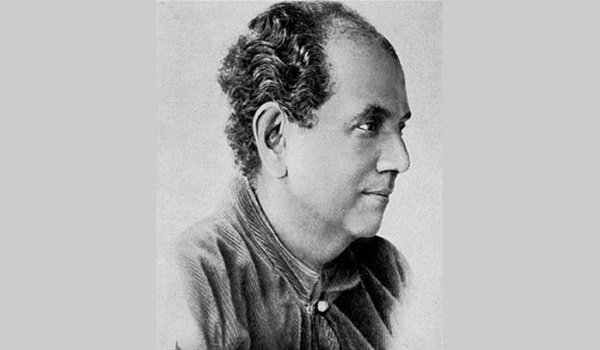Abanindranath Tagore

Abanindranath Tagore was born in the Jorasanko town of Bengal. Being the younger brother of Gaganendranath Tagore, an eminent artist, Abanindranath was introduced to art early in his life. Since he grew up amidst the famous Tagore family, art and literature were always a part of his childhood and he inevitably developed a liking towards them.
Education
When he was studying at the Sanskrit College in Kolkata, he started learning the nuances of art. After his wedding in 1889, he left Sanskrit College, where he was studying for the past nine years, and joined St. Xavier’s College and studied English for one and a half years. He then enrolled at the famous Calcutta School of Art in the year 1890. There he was trained by European artists, O. Ghilardi and Charles Palmer. While he learnt to master the usage of pastels from Ghilardi, he acquired profound knowledge on oil painting from Charles. Around 1897, he learnt various techniques, including the techniques used in European paintings, from the vice-principal of Government School of Art. It was then that he started to develop a special interest towards watercolor.
Early Life
During his training under the vice-principal of the government school, Abanindranath came under the influence of Mughal art. He then started making some beautiful paintings based on the life of Lord Krishna, which reflected a strong influence of Mughal style. When he had a few issues with the teaching style that was being used at the Calcutta School of Art, where the influence of the Western model was dominant, he met E.B. Havell and explained him the importance of retaining Indian elements in Indian art. This paved the way for a change in the method of teaching at the school.Also, along with his brother Gaganendranath Tagore, he came up with the Indian Society of Oriental Art, which focused on the importance of Indian style of art. Abanindranath had immense faith on the traditional Indian techniques that were used in the early Mughal and Rajput paintings. He wanted to propagate this very technique and strived hard towards achieving his goal.
Career
Though Abanindranath Tagore started painting at a young age, his career took shape in the late 1890s. Most of his works revolved around Hindu philosophy and other things Indian. In the year 1930, he came up with a series of paintings titled ‘Arabian Nights’. The paintings depicted Calcutta’s emerging cosmopolitanism but used the stories from Arabian Nights as its trope. Even today, this collection of paintings is considered as one of the finest achievements of Abanindranath Tagore. Thanks to his revolutionary ideas and his unconditional love for tradition, cultural figures from other parts of Asia were fascinated by him. Some of them include Okakura Kakuzo, Japanese art historian and Yokoyama Taikan, a famous Japanese painter. His meeting with such personalities paved the way for him to incorporate Japanese and Chinese calligraphic techniques and traditions into his works. He also collaborated with William Rothenstein, an English artist and author, who tried to incorporate Indian traditions into his own works. William Rothenstein was a good friend of Abanindranath and helped Rabindranath Tagore to publish his work ‘Gitanjali’ in English.
c@icaldrcsrc:culturalindia/rc




